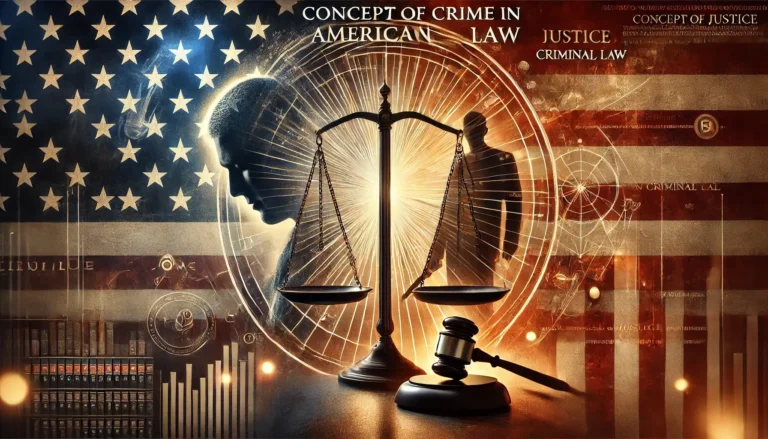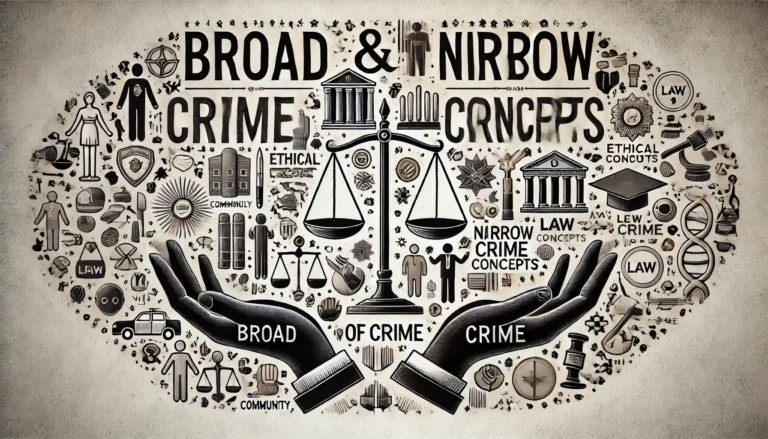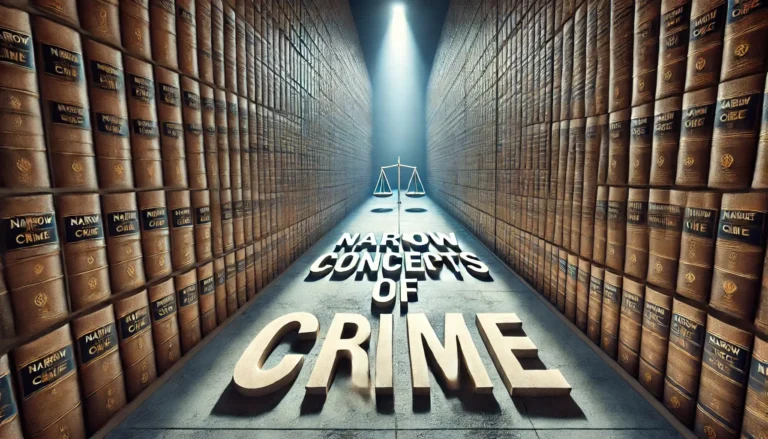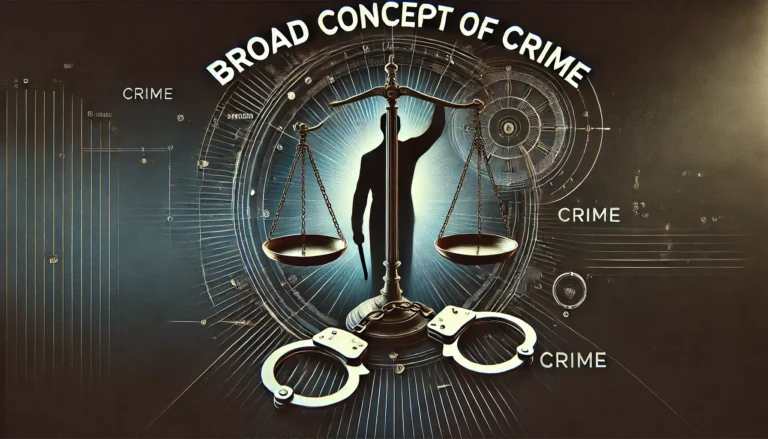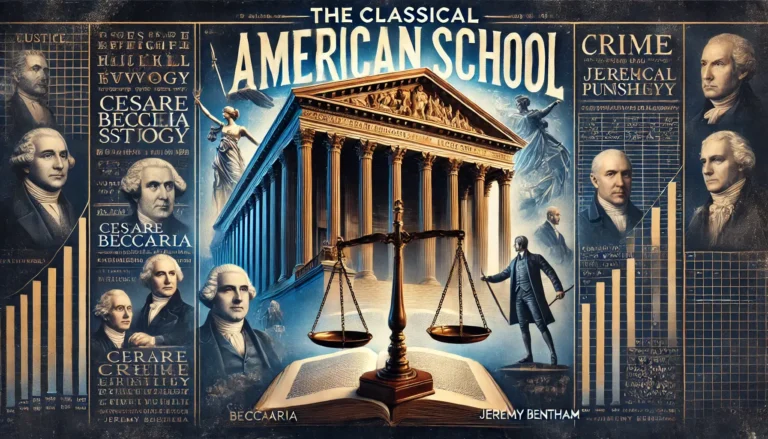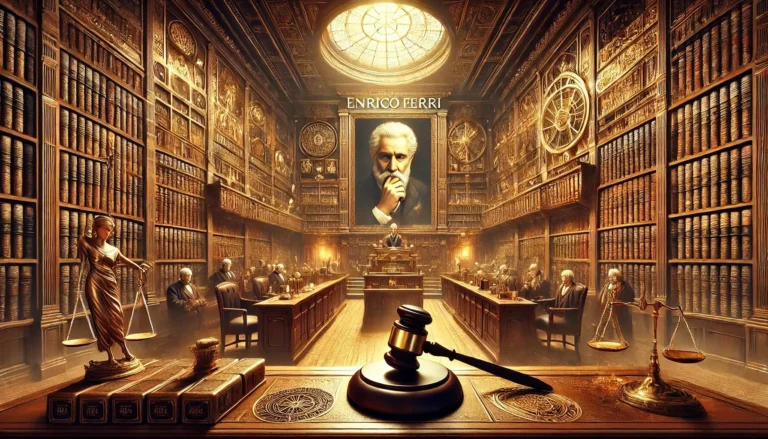The concept of crime in American criminal law
Crime is a central concept in American criminal law, shaping how justice is administered and how social order is maintained. This article provides an in-depth exploration of the concept of crime in the United States, highlighting its definitions, classifications, and implications. 1. Defining Crime in American Criminal Law Crime in the United States is defined…

